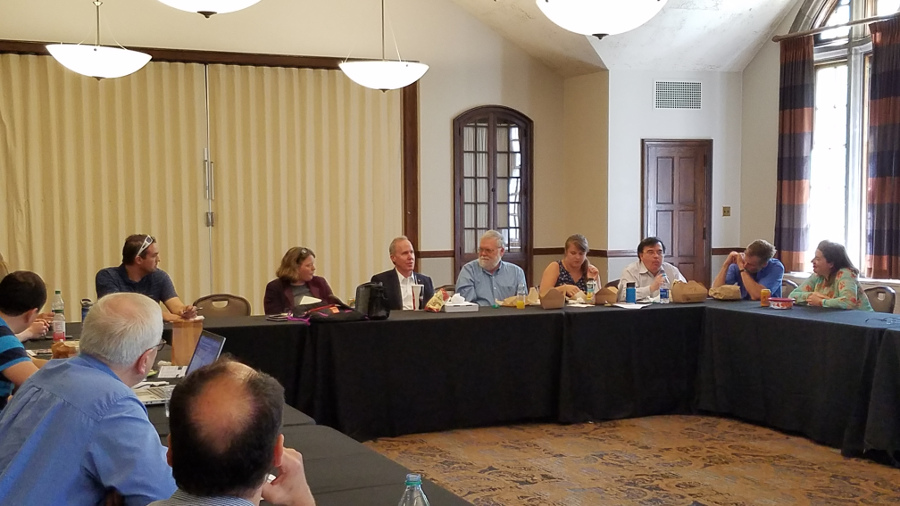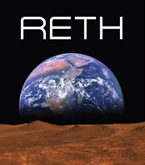Inaugural Seminar with Astronaut Tom Jones


Join us on April 18th in Fowler Hall from 11:30 AM - 12:30 PM for our Inaugural Seminar featuring Astronaut Tom Jones!
Speaker Bio
Thomas D. Jones, PhD, is a scientist, author, pilot, and veteran NASA astronaut. In more than eleven years with NASA, he flew on four space shuttle missions to Earth orbit. On his last flight, Dr. Jones led three spacewalks to install the centerpiece of the International Space Station, the American Destiny laboratory. He has spent fifty-three days working and living in space. Dr. Jones' awards include the NASA Distinguished Service Medal, four NASA Space Flight Medals, the NASA Exceptional Service award, the NASA Outstanding Leadership Medal, the NASA Exceptional Public Service award, Phi Beta Kappa, the Air Force Commendation Medal, and Distinguished Eagle Scout. The Main Belt asteroid 1082 Tom Jones is named in his honor. Tom is the author of several current space and aviation books: Ask the Astronaut, Planetology, (written with Ellen Stofan), Hell Hawks! The Untold Story of the American Fliers Who Savaged Hitler's Wehrmacht (with Robert F. Dorr), and Sky Walking: An Astronaut's Memoir. The Wall Street Journal named Sky Walking one of its “Five Best” books on space.
Abstract
NASA Planetary scientist and veteran astronaut Tom Jones assesses the state-of-the-art in human space exploration, and the possibilities of expanding our physical presence to the moon, the asteroids, Mars, and beyond. An international cadre of explorers continues to work and learn at the International Space Station. Six astronauts live aboard in two habitation modules, and an inflatable habitat design is under test now at the ISS. Commercial rocket companies fly cargo shipments for NASA to the Space Station, but since 2011 its astronauts have had to get there on Russia’s Soyuz spacecraft. Privately built rocket transports for astronauts may debut in 2018. Commercial access to space opens the possibility of private habitats and laboratories in low Earth orbit, even as the ISS enters its final decade of operations.
NASA plans to return astronauts to deep space, around and beyond the moon, by the early 2020s, but doing so will require robust support from the new administration and Congress. An international consensus is building toward getting astronauts to the moon’s surface, both for science, and to open access to polar water ice. A promising first step would be assembly of a small, crew-tended outpost in lunar orbit, serving as a gateway for lunar return and expeditions beyond the Earth-Moon system. The outpost habitat must cope with deep space hazards such as radiation, thermal stresses, and micrometeoroids, all the while providing a safe, livable environment far from Earth’s resources. Commercial cargo delivery will play an important role in enabling such an outpost and eventual surface access.
Similar habitats will support more challenging expeditions to water-rich near-Earth asteroids. The U.S. and its commercial and international partners should harness lunar and asteroidal raw materials to expand the space economy, lower the cost of exploration, and reduce the risks of eventual human exploration of Mars.

